
 S.H.I.E.L.D. #1 (of 4)(Marvel, $3.99)
S.H.I.E.L.D. #1 (of 4)(Marvel, $3.99)
by Graig Kent
Hey True Believers! This is it! The secret history of the Marvel Universe… or should I say, rather, another secret history in (presumably) the mighty Marvel 616. In the new series S.H.I.E.L.D., writer Jonathan Hickman and artist Dustin Weaver hint at the happenings in centuries and millenniums past, starting with Imhotep’s battle with the alien Brood which led to the formation of the Brotherhood of the Shield — a self appointed secret protection agency of Earth — whom over the many, many years have counted amongst their ranks luminaries like Galileo, DiVinci, and certain fathers to Misters Stark and Richards. Amidst a framework of discovery set in the 1950s, past tales are teased, including DiVinci’s encounter with Galactus and an encounter with a Celestial during the Han Dynasty in China), hopefully to be explored further in subsequent issues. Hickman, as witnessed in his excellent Pax Romana series a couple years back, enjoys toying with historical concepts for a modern fantasy/sci-fi thrill, and within the confines of the Marvel Universe, he’s done a thoroughly engrossing job here. Dustin Weaver is tasked with recreating multiple eras in history and incorporating some anachronistic Marvel elements (a pink and violet planet-eater towering over a 15th century cityscape, anyone?), yet he not only makes it work but makes it awe-inspiring. Much credit should also go to Christina Strain for her lavish colors which help define and differentiate each setting. S.H.I.E.L.D. is a must read for Marvel fanatics and something equally enjoyable for casual fan. Hickman has crafted a unique and compelling hype-worthy story that could possibly equal the best mainstream works of Ellis, Gaiman, Moore and Morrison. The most disappointing thing: the next issue isn’t out until June. Excelsior.





 Nemesis #1 (Marvel, $2.99)
Nemesis #1 (Marvel, $2.99)
By Jeb D.
I’ve been a member of Mark Millar’s Millarworld for six years. It’s a great place for discussion, and my interactions there with Millar have always been genial and entertaining I have no axe to grind against Mark Millar. I like the guy, I like his attempts to innovate in the areas of marketing and publicizing comics, and admire his willingness to use his clout for something more than his own gain (the principal characters in Kick-Ass and Nemesis were named after the winners of Millar-sponsored charity auctions). I even like some of his comics.
But not Kick-Ass. Or this one.
The costumed vigilante as murderous psychopath has become a familiar trope (Warren Ellis alone has something like three series on the subject, to say nothing of Powers, The Boys, Irredeemable, etc.). The twist Millar puts on it (instead of a crazed Superman, this time we have a Bruce Wayne-type billionaire wreaking havoc) gets him a bit of play, but he takes the concept so far over the top in the first issue that the reader is left feeling that there’s nowhere to go but down.
Nemesis is using his vast resources to kill police chiefs around the world with implacable, unstoppable precision, and our story is evidently going to focus on the newly-targeted one in Washington D.C. But considering that this issue also features bloody, large-scale death and destruction perpetrated on innocent hotel guests and train riders, and the similarly murderous takeover of Air Force One and abduction of the President, the problems of one police chief already seem awfully minor. If we’d had an issue or two to get to know Chief Morrow first, it might be different, but at this point, concerns like whether or not his wife makes it to protective custody feel like pretty small beer. And, for all we know, Nemesis may be correct in his belief that Chief Morrow and his peers actually did something to CAUSE these bloody rampages, which would mean there’s no one about whom the reader cares terribly much. In fact, for all the talk about “Batman going bad” in the leadup to this book, so far I can’t see that Nemesis himself is much more than a bloody-handed Joker knockoff.
Steve McNiven was evidently instructed to outdo Romita in the blood and gore department, and his vision of things like what happens when a person tied to a chair is hit by a speeding train may very well be anatomically accurate. But in the context of a comic whose cover proclaims “Makes Kick-Ass Look Like Sh*t”, it just feels like it’s there for the grossout laugh.
Given that this is just the first issue, I’m inclined to be more generous toward Nemesis than I was toward Kick-Ass: the book may yet improve, and it’s not impossible that Millar and McNiven have something up their collective sleeve for this story besides spattering chunks of body tissue. But I’m not holding my breath.



 Turf #1 (of 6) (Image, $2.99)
Turf #1 (of 6) (Image, $2.99)
By Jeb D.
British TV host Jonathan Ross is a major comics geek (his TV documentary on Steve Ditko is highly recommended), and he’s pulled out all the stops for his American comics debut. It’s as though he’s afraid this will be his only shot at it, and he’s decided to throw in every idea he ever had for a comic, letting them combine and collide as they will.
It’s 1929, in a Manhattan that seethes bloody corruption; even the young newspaper reporter we meet in the opening pages turns out to have as keen an eye for the main chance as do the various corrupt cops and mobsters that we will encounter. And the vampires.
Yep. Vampires. The old-school European aristocratic type (Ross even writes dialog in Lugosi-style accents) who are using American mobsters to bootleg blood for them. There’s clan warfare within the vamp community, echoing similar “turf wars” among the mob and the crooked cops. And then, of course, there’s the extraterrestrial bootleggers. You know—the ones whose furious outer space pursuit crashes them near Coney Island. Did I forget to mention them? If their ship had resembled a kitchen sink that would only have been appropriate; at this point, it wouldn’t be surprising if next issue brings us ninjas or a yeti.
Telling a story from multiple points of view, with disparate characters and plotlines converging, is tricky: the author needs to hold back just enough from each story to keep us invested in learning more as we switch back and forth (see Lost or Pulp Fiction). And it’s a trick that Ross hasn’t yet mastered: it feels like about half the first issue of Turf consists of one character learning something about one of the other plot threads that Ross has already shown us, putting us impatiently ahead of the game. And since, at this point, the reader is the only one who knows about the space battle, there’s likely to be plenty of redundant exposition ahead as the other characters discover it, which I expect Ross to detail at great length.
And I do mean at length: between the profuse narration and the extended dialog segments, this is the wordiest comic I’ve read in some time. If you measure a comic’s value by how long it takes you to read all the words, you may find the 26 pages here well worth your three bucks. Personally, I’m just as interested in “reading” the art as the script, and artist Tommy Lee Edwards seems to be straining to make sure there’s enough picture to tell the story around Ross’ word balloons and text boxes. That he manages at all is impressive, but it sometimes makes the comic feel more like an illustrated novel than a piece of sequential art.
I have to credit Ross and Edwards with trying something unexpected, and I’m willing to see how this all plays out. But Ross’ heavy doses of exposition make the first issue more interesting than exciting, which shouldn’t be the case for a story so steeped in blood.



 The Irredeemable Ant-Man TPB (Marvel, $34.99)
The Irredeemable Ant-Man TPB (Marvel, $34.99)
by Graig Kent
Low-ranking S.H.I.E.L.D. agent Eric O’Grady is a real douchenozzle, a grade “A” a-hole, a cad, a generally unlikeable, self-obsessed liar, and he has the latest, high-tech Ant-Man costume Hank Pym has designed. But he shouldn’t. Having taken it off the corpse of his best friend, he goes on the run from S.H.I.E.L.D., hides out with post-disaster clean-up specialists Damage Control under an assumed hero identity (Slaying Mantis) and makes pals with master cat burglar Black Fox. He uses his newfound capabilities less for good and more for his own benefit (like spying on women in the shower)… Eric is not a hero and never pretends to be a hero. What he is, though, is the protagonist of this book and in spite of his great many flaws and though he’s hugely unlikeable, the book is quite entertaining. Writer Robert Kirkman and artists Phil Hester and Ande Parks (with fill-ins from Kirkman’s Invincible cohort Corey Walker on issue 6 & 7, though uncredited in this collection) and nail the action-comedy genre to the wall, skew the ideals of superheroism, and manage in 12 short issues to incorporate most of Marvel’s recent big events – from Civil War, House of M, World War Hulk and whatever came after that – without ever seeming like a gratuitous tie-in or even all that out of place. In fact it presents these events from a ground level perspective, which in a sense gives them more meaning. The title is apt, this Ant-Man is irredeemable, a reprehensible character catering to his own id curiously resulting an immensely enjoyable read. It’s tempting to lament the short life this series led, but at 12 issues the stories and characters ran their course pretty thoroughly and I’m not sure there was much more mileage left in them. I guess we’ll never know, but, as the saying goes, sometimes it’s better to burn out than fade away.





 Frenemy of the State #1 (Oni Press)
Frenemy of the State #1 (Oni Press)
By Devon Sanders
I respect and love Rashida Jones. This one woman has caused me to watch things I would usually shun all in the name of watching her just “be.” Smart, funny, sometimes, slightly sarcastic, always “cute as hell with those sleepy-eyes of hers” way of being Rashida Jones in which only she can… be? (sigh) On screen, she usually never disappoints, perfectly portraying the role of regular guy’s geek/goddess/girlfriend. And as if to say, “I guess I could be geekier,” now she writes comics, Frenemy Of The State #1, to be exact, on sale in May, alongside the husband/wife writing duo of Nunzio DeFilippis and Christina Weir (Batman: Confidential). 20-something Arianna Von Holmburg is rich, smart, beautiful and more than a little restless. Her socialite lifestyle has become burdensome and more than a little predictable, filled as it is with her friends who celebrate everything and nothing at all. This life full of snobbery and betrayals leads her to lash out against all she’s ever known and on that day, a spy is born. I’m going to get it out of the way; the lead character of Arianna is a bit of a Mary Sue, always at the ready to pounce upon her oblivious peers with the cleverest of comebacks, always knowing just a bit more than the next man. I didn’t dislike her but as written, she more than comes across as slightly bitter and royally put-upon. I truly wanted to like this character but with the exasperation constantly expressed in her dialogue, I never quite found enough of an opening to do so. Series artist Jeff Wamester has a nice, angular line recalling Ryan Ottley of Invincible fame. Frenemy Of The State #1 is an interesting comic with a clever concept; it clearly wants to succeed on its own merits but with its more than liberal use of the writer’s likeness and origin, it unfortunately and unintentionally, reads more as unintended fan-fic.


 Battlefields #4 (Dynamite Entertainment, $3.50)
Battlefields #4 (Dynamite Entertainment, $3.50)
By Sean Fahey
Part One of “The Firefly and His Majesty,” the latest arc in writer Garth Ennis’ phenomenal World War II anthology series. One of the things that’s always impressed me about Garth Ennis’ war comics is his strict adherence to the fundamentals — compelling stories and engaging characters. The politics are, generally, left out of it. No polemics here. These are stories about soldiers. Men who put on the uniform to fight for their country. In this case, those men are two tank crews — one British, the other German — in western Germany toward the end of the war, both delicately balancing the competing demands of doing their utmost to engage the enemy (even at this late stage) and doing their best to stay alive. There’s no real “bad guy” here per se (although, ultimately, on a morale level your sympathies are clearly with one side and not the other); just soldiers with the same complaints, fears, concerns and aspirations as their “counterparts.” Equally impressive is Ennis’ attention to detail. The guy is a war geek, plain and simple, and the reader is given a good history lesson in the level of devastating firepower the German war machine was cranking out towards the end. But again, it’s the human element that carries the day here — British tenacity in the face of such monstrous killing machines, and German determination and fraternity when all hope is lost.








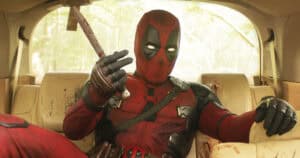


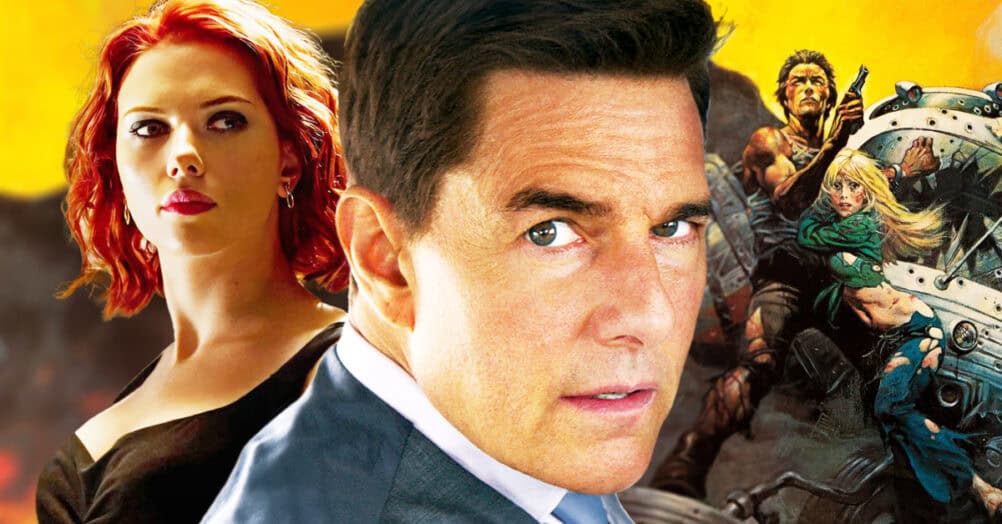
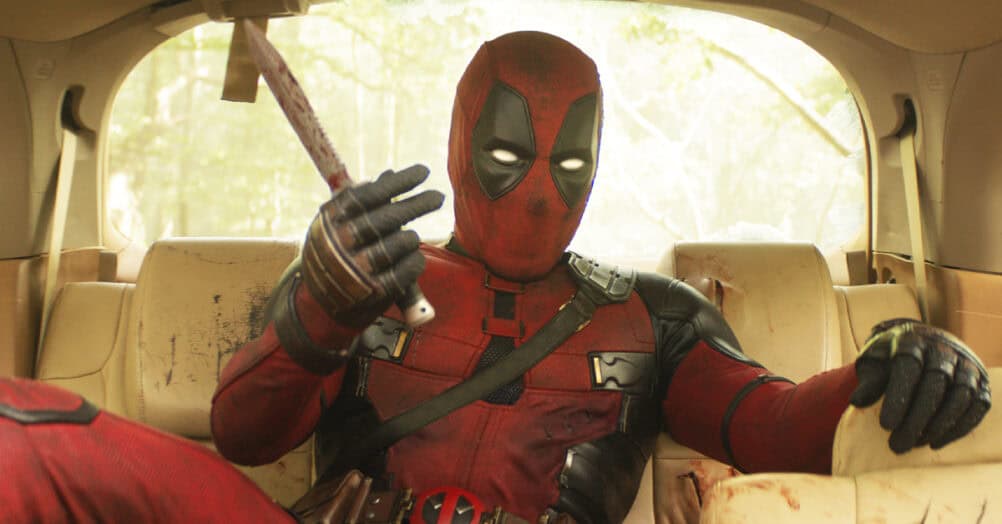

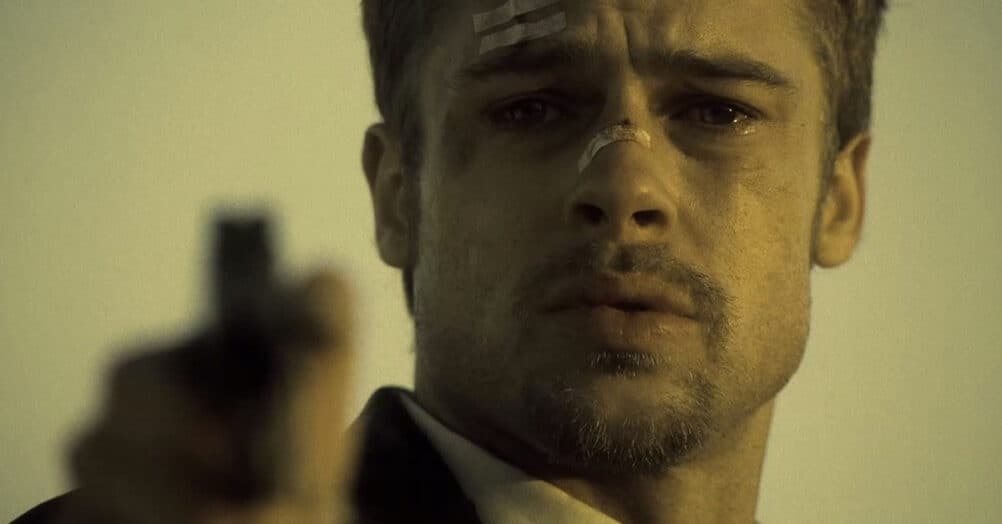

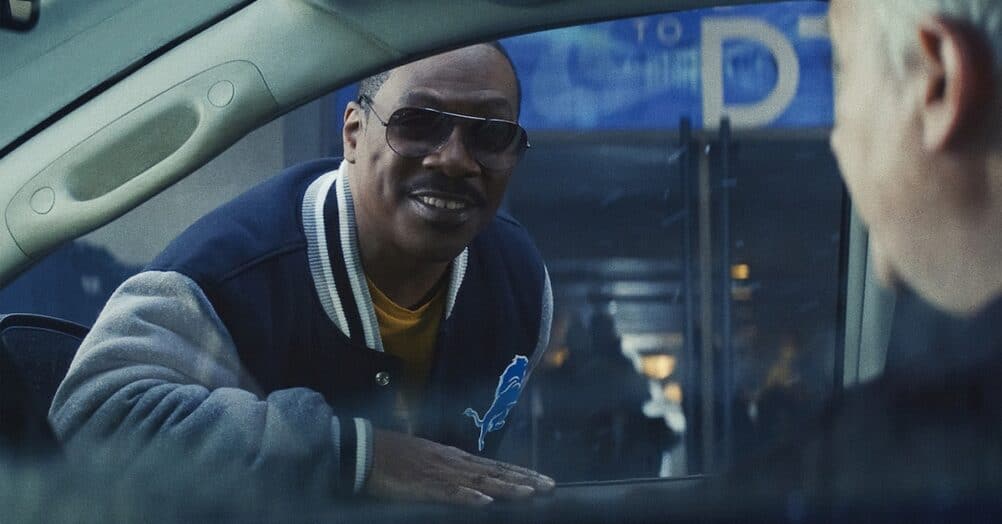

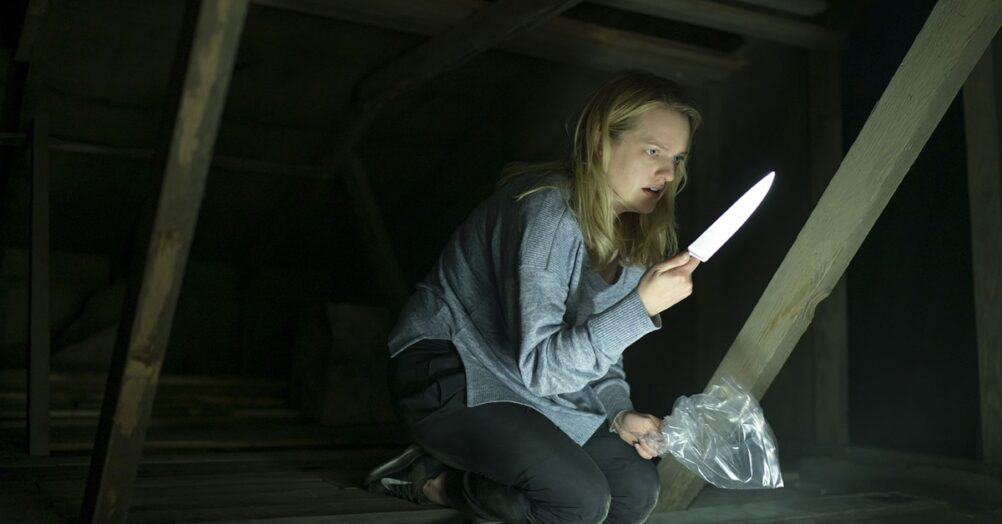


Follow the JOBLO MOVIE NETWORK
Follow us on YOUTUBE
Follow ARROW IN THE HEAD
Follow AITH on YOUTUBE